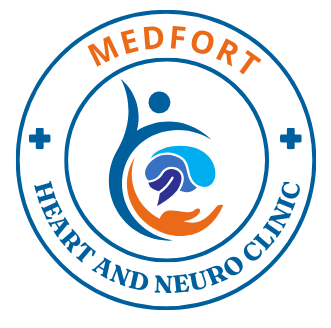A brain stroke, also known as a cerebrovascular accident (CVA), occurs when blood flow to a part of the brain is interrupted, depriving brain cells of oxygen and nutrients. This can result in brain cell damage or death within minutes. Strokes are classified into two main types: ischemic stroke, caused by a blood clot blocking a vessel, and hemorrhagic stroke, resulting from a ruptured blood vessel causing bleeding in or around the brain.
Symptoms of a stroke typically appear suddenly and include difficulty speaking, confusion, numbness or weakness on one side of the body, vision problems, severe headache, and loss of balance or coordination. Quick action is critical—administering clot-busting drugs within the first few hours can greatly reduce brain damage in ischemic strokes.
Preventive measures include managing risk factors like high blood pressure, diabetes, smoking, and maintaining a healthy lifestyle. Early recognition and prompt treatment are vital for minimizing the long-term effects of a stroke.

